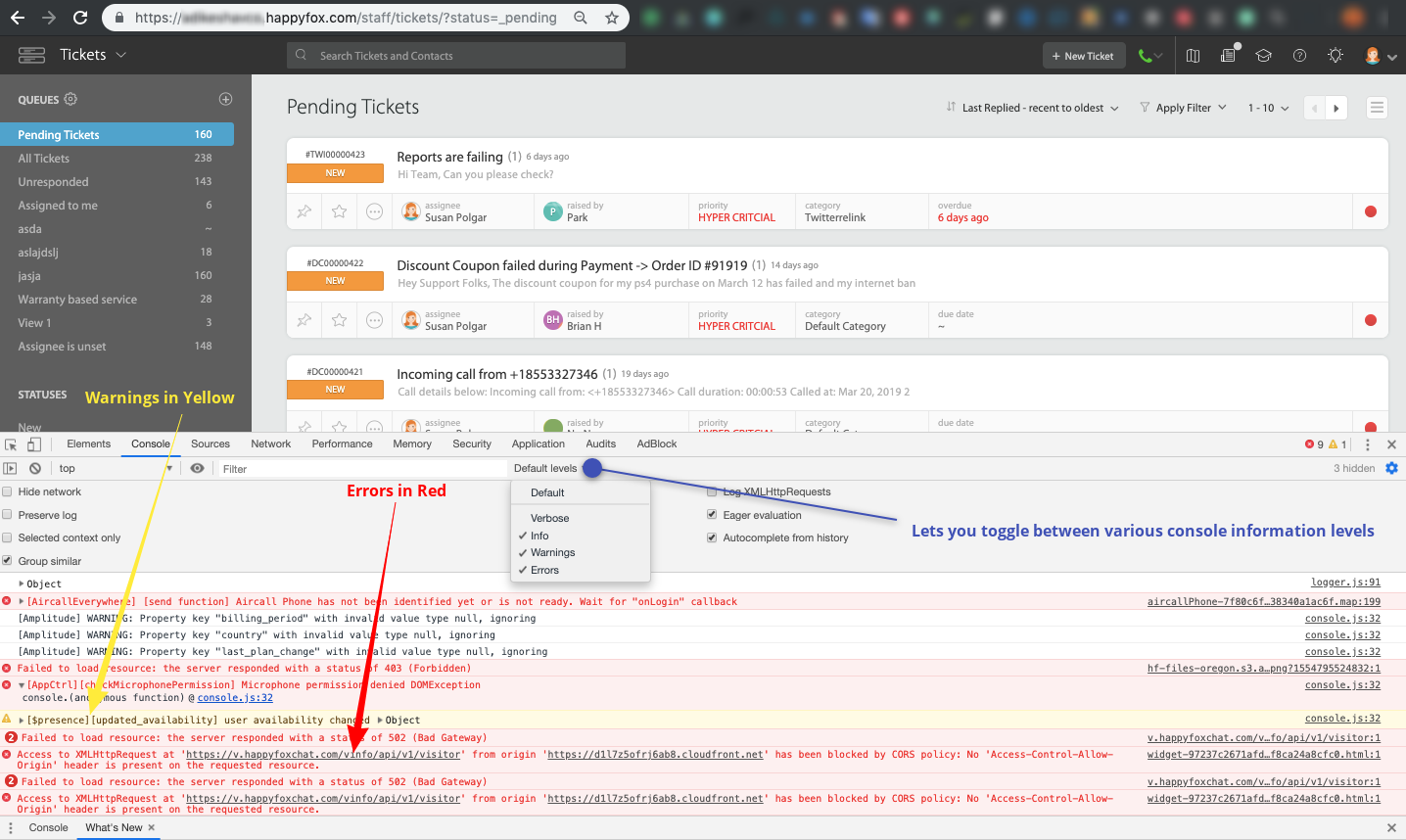

Suspicious login events are shown with a red warning icon. IP address that the user used to sign in. For example, if the user logged in from an unfamiliar IP address. Note: Even if the user signed in with login types other than Google Password, (such as Exchange, Reauth, SAML, or Unknown), the Login type for Logout events is displayed as Google Password.Įach time a user enables the forwarding of emails outside of the domainĮach time a user logged in and the login had some unusual characteristics. User asked an extra security question when Google did not detect a suspicious sign-in attempt User asked an extra security question due to a suspicious sign-in attempt

Platform version: Version of Chrome OS that the device is on. Chrome version: Version of Chrome that the Chrome OS version is based on.
#Chrome ip log for mac mac#
A user needs to sign in to their device in order to see the MAC address on the Devices page.
#Chrome ip log for mac password#
When a password reset is required because Google detects compromised credentials A network address that's assigned to the device for an Ethernet connection. For example, the user entered an incorrect password, didn't have access to the service, or their account was suspended.Įach time government-backed attackers might have tried to compromise a user account or computer You can use the Reports API to view the cause of the failure. It doesn’t include password changes when the admin forces users to change their password at the next sign in.Įach time a user changes a recovery email addressĮach time a user changes an account recovery phone numberĪccount recovery secret question/answer changeĮach time a user changes an account recovery secret question and answerĮach time a user enrolls in the Advanced Protection ProgramĮach time a user unenrolls in the Advanced Protection ProgramĮach time a user fails to sign in. Note: This refers to users changing passwords at. Event names for the Login audit log include: Event nameĮach time a user disables 2-Step verificationĮach time a user enrolls in 2-Step verificationĮach time a user changes an account password The audit log shows entries for each time that event occurred during the time range that you set. Unknown-User signed in using an unknown methodĭate and time of the event (displayed in your browser's default time zone)Īt Add a filter, select an Event name to filter data for that event.SAML-Authentication by single sign-on Security Assertion Markup Language (SAML).Reauth-User authenticated with a password re-authentication request.Includes sign-ins to less secure apps (if allowed) When we browse the web using a web browser such as Google Chrome, Firefox or Internet Explorer, our actions are often tracked. Google Password-Used a Google password.It might also indicate the user was already signed into a session when they signed in to another, and the 2 sessions were merged Exchange-When a user is authenticated by token exchange, such as via an OAuth login.Usually the address is the user's physical location, but it can be a proxy server or a Virtual Private Network (VPN) address. IP address that the user used to sign in. The Login audit log provides the following information: Data type
(Optional) Review ways to filter and export log data and create alerts.


 0 kommentar(er)
0 kommentar(er)
